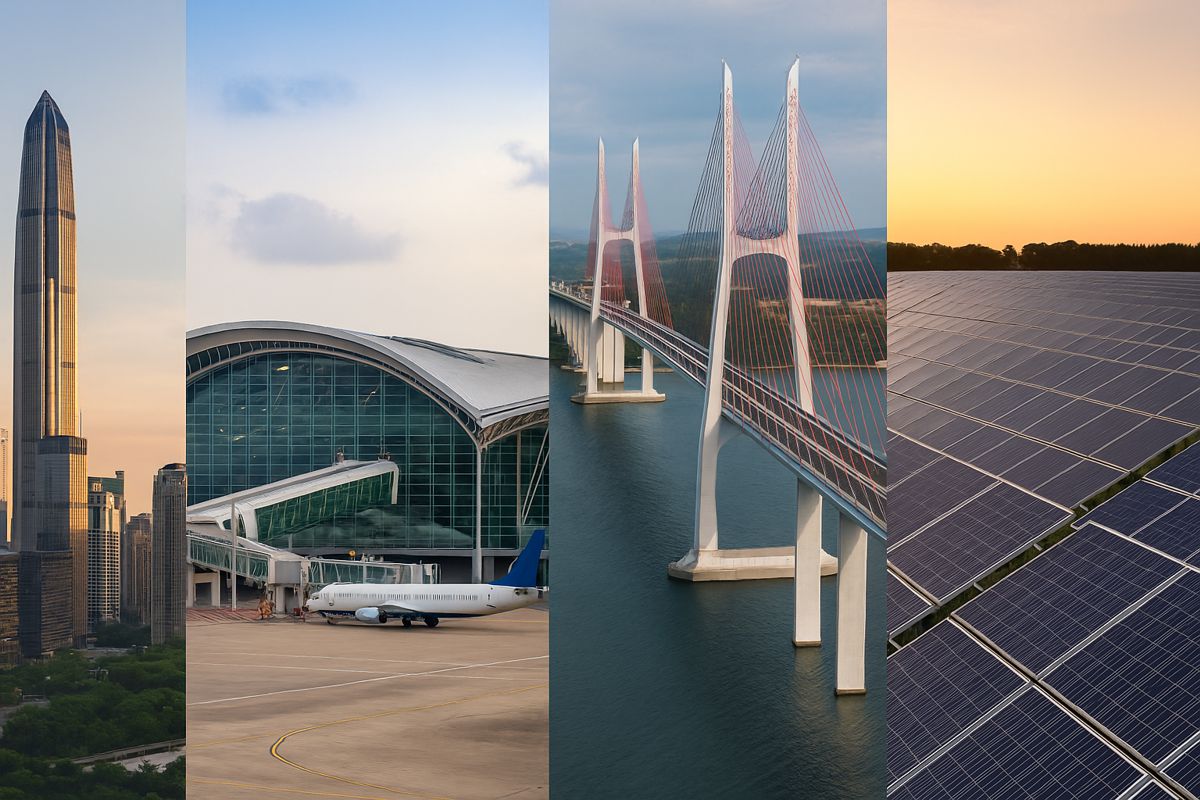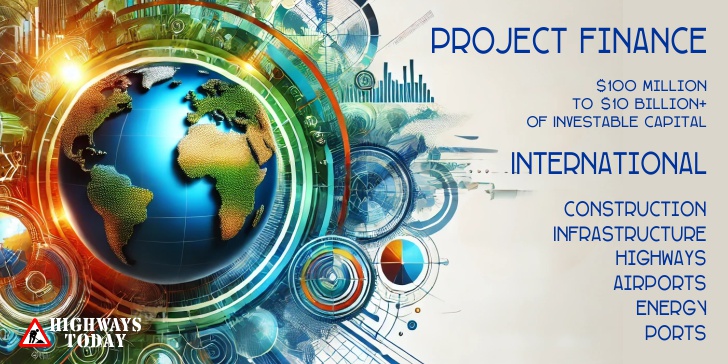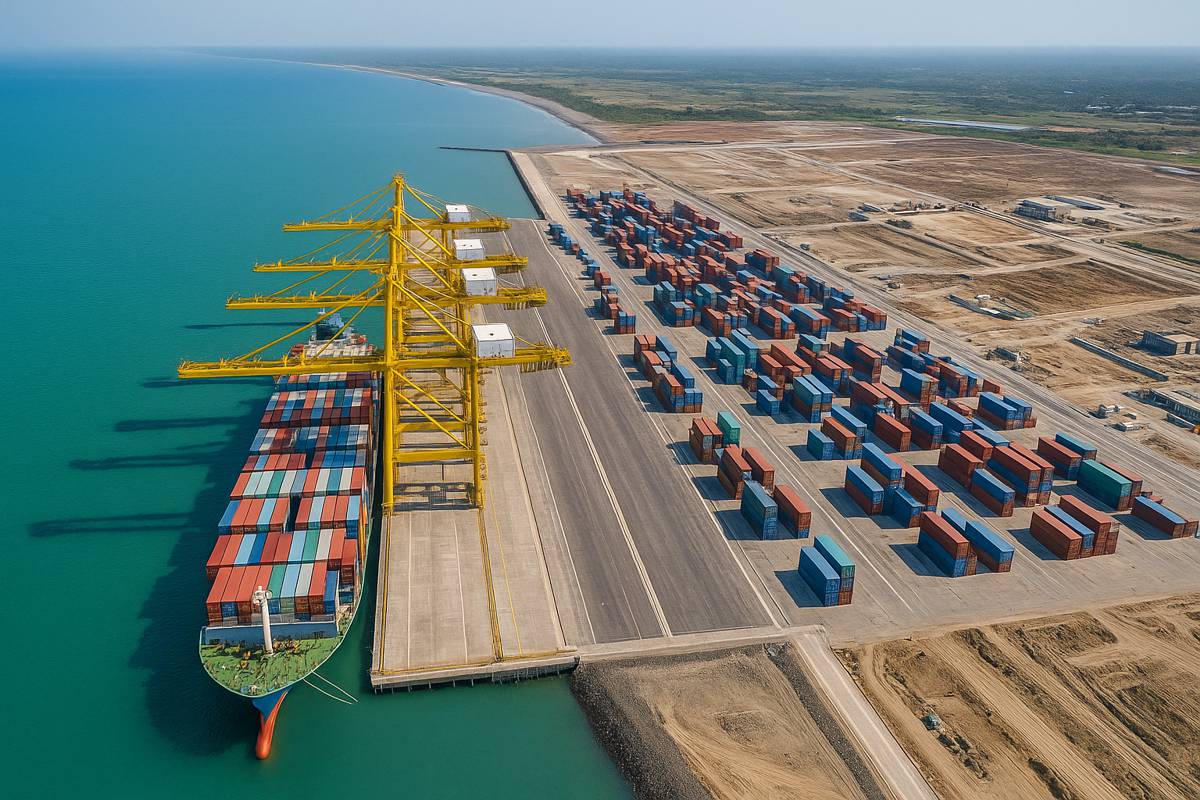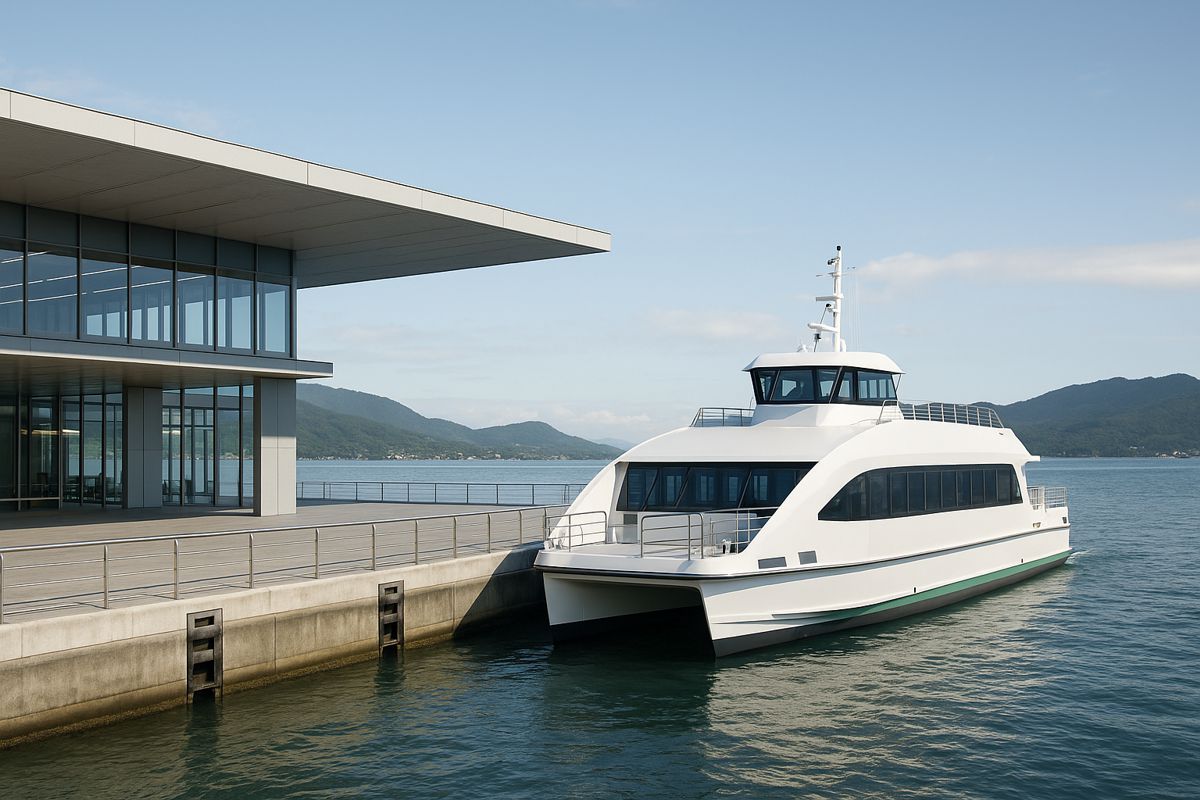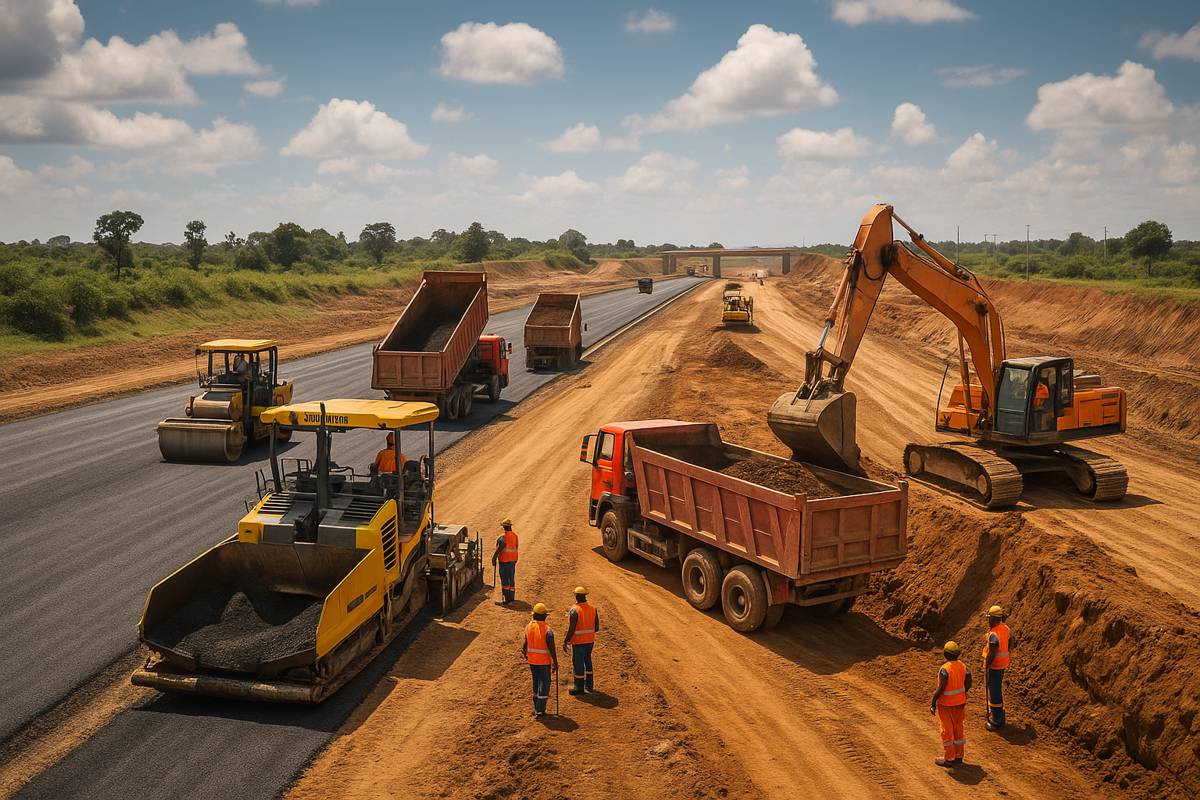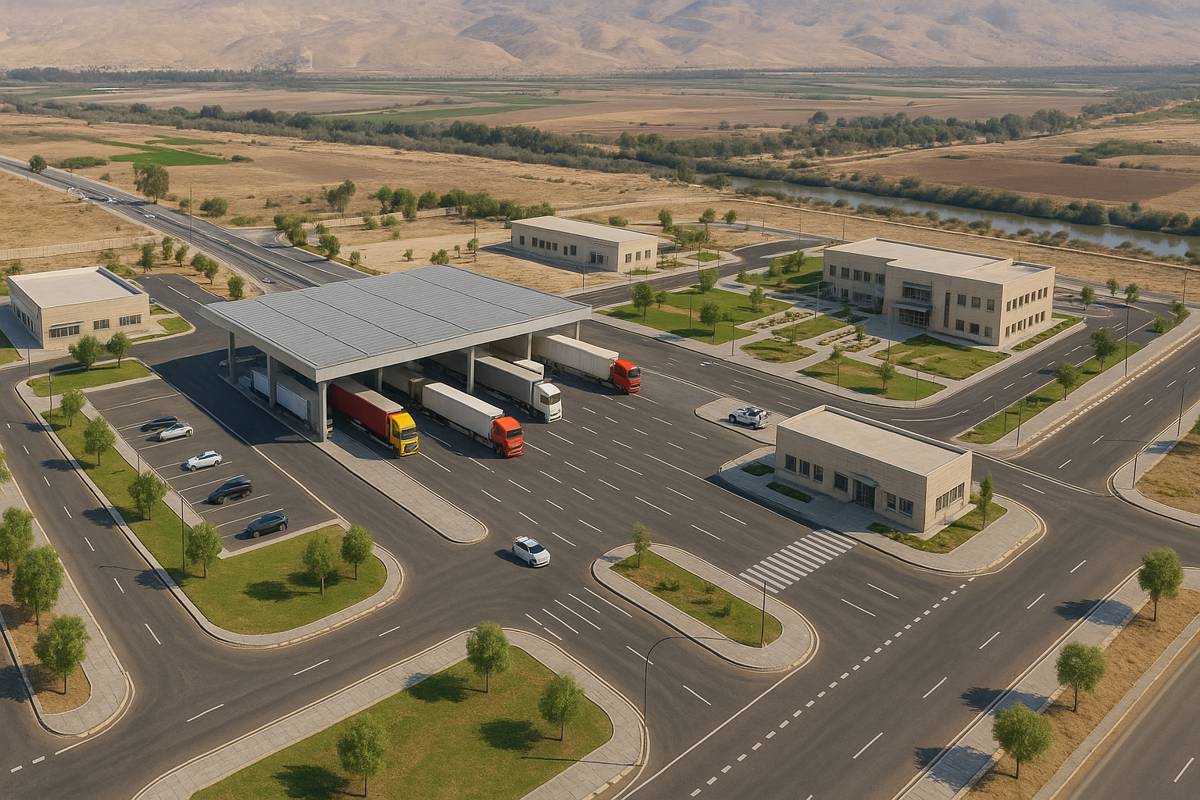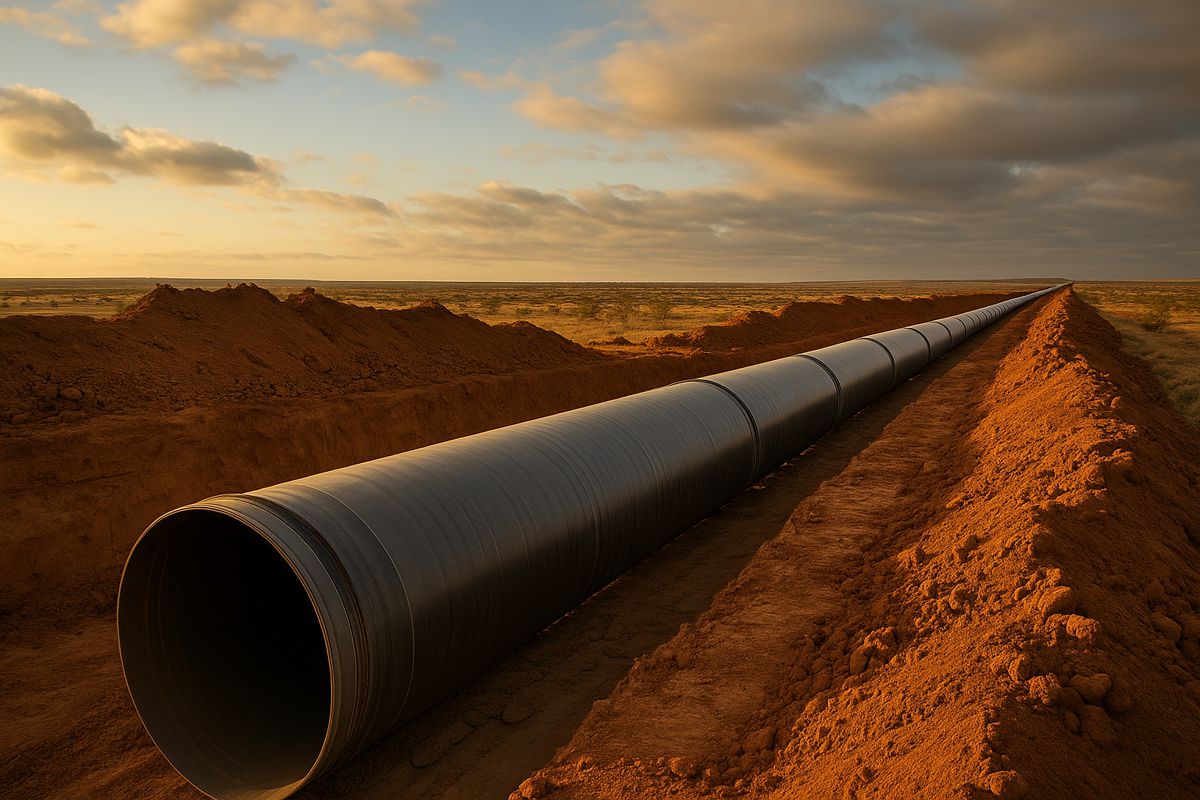Understanding Project Finance – The Power Behind Mega Projects
Project finance may sound like a niche banking term tossed around in high-level boardrooms, but in reality, it’s the financial backbone of some of the world’s most ambitious infrastructure and industrial developments.
From high-speed railways to solar farms, toll roads to airport terminals, project finance is the engine that gets large-scale, capital-intensive ventures off the ground without overburdening the sponsors.
For those navigating the complex world of infrastructure, energy, or large-scale real estate, understanding project finance isn’t just useful—it’s essential.
What Is Project Finance
At its core, project finance is a funding structure used to raise money for long-term infrastructure or industrial projects. What sets it apart from traditional financing is the concept of “non-recourse” or “limited-recourse” loans. That means lenders are repaid from the cash flow generated by the project itself, not from the balance sheets of the sponsors.
In other words, the project becomes its own standalone business with its own assets, contracts, and revenue streams. If things go south, lenders can only claim what belongs to the project—not the parent company’s other assets.
This makes project finance an attractive choice for:
- Governments wanting to fund public infrastructure without inflating debt
- Private firms seeking to limit exposure
- Investors looking for long-term, stable returns
Key Components of Project Finance
Project finance isn’t just about the money—it’s about the structure. It relies on a well-defined legal and financial ecosystem:
- Special Purpose Vehicle (SPV): The project is housed in a newly created legal entity, typically a Special Purpose Vehicle. This SPV signs all contracts and owns all project assets.
- Offtake Agreements: Long-term contracts that guarantee revenue, such as a power purchase agreement (PPA) for a solar plant.
- Risk Allocation: Risks are meticulously identified and allocated to the parties best able to manage them. For example, construction risks might sit with the EPC contractor, while revenue risks may be shared with the offtaker.
- Syndicated Loans: Funding often comes from multiple lenders, spreading the risk.
The Main Categories of Project Finance
Let’s break down where project finance is most commonly applied. Each category has unique characteristics, risk profiles, and financing structures.
1. Energy and Utilities
This is arguably the most mature sector for project finance, particularly in power generation.
- Renewables: Wind farms, solar parks, hydroelectric dams
- Fossil Fuels: Natural gas plants, LNG terminals
- Utilities: Electricity transmission grids, water treatment facilities
Governments often incentivise renewable projects, making them even more attractive for financiers.
2. Transport Infrastructure
These projects serve as economic lifelines and are often backed by public-private partnerships (PPPs).
- Toll roads
- Railways
- Airports
- Seaports
Transport projects typically involve complex stakeholder environments but offer long-term revenue through user charges or availability payments.
3. Social Infrastructure
Not all project finance deals are about hard infrastructure—social needs matter too.
- Hospitals
- Schools
- Prisons
- Housing developments
Many governments turn to private partners to design, build, finance, and maintain these assets under PPP models.
4. Natural Resources and Mining
From oil refineries to gold mines, extracting and processing natural resources often requires massive upfront capital.
- Oil & gas production
- Mining operations
- Petrochemical plants
Because these projects are high-risk, especially due to commodity price fluctuations, lenders typically demand rigorous risk mitigation measures.
5. Telecommunications
With the digital revolution in full swing, the need for robust connectivity infrastructure has exploded.
- Data centres
- Fibre optic networks
- Satellite systems
Telecoms projects often rely on long-term service contracts to ensure revenue predictability.
What Kinds of Projects Need Project Finance?
Not every big project uses project finance. It’s typically employed when:
- The project has a long lifespan (10–30 years)
- Revenues can be clearly forecasted
- Risks can be sufficiently mitigated or shared
- Sponsors want to ring-fence liabilities
Examples include:
- Building a cross-border oil pipeline
- Constructing a major solar farm with a 25-year PPA
- Developing a toll road through a high-traffic corridor
- Launching a green hydrogen production facility
It’s less suitable for shorter-term developments or projects with unpredictable cash flows.
Why Use Project Finance?
The advantages of project finance are numerous:
- Risk Management: By isolating project risk from the parent company, sponsors protect their broader business interests.
- Access to Capital: It can attract a wider range of investors and lenders.
- Efficiency: Rigorous due diligence and risk allocation can lead to more efficient project execution.
- Credit Enhancement: With guarantees and insurance mechanisms, even higher-risk projects can secure financing.
As Richard Horrocks-Taylor, Managing Director and Head of Infrastructure and Energy Finance at SMBC, puts it: “Project finance continues to be the most robust method of delivering infrastructure globally. Its ability to structure risk and attract long-term investment is unmatched.”
Challenges and Considerations
That said, project finance isn’t a magic bullet. It comes with its own set of challenges:
- Lengthy Setup Time: Structuring a deal can take 1–3 years
- High Transaction Costs: Legal and consultancy fees can be significant
- Regulatory Complexity: Projects must navigate a maze of permits and compliance obligations
Careful planning and seasoned advisors are critical to overcoming these hurdles.
Trends Shaping the Future of Project Finance
The sector isn’t standing still. New dynamics are influencing how project finance is structured and applied.
- Green Finance: ESG requirements and climate targets are driving funding towards low-carbon projects
- Blended Finance: Development banks and private investors are working together to de-risk frontier market projects
- Digital Tools: From AI-driven risk modelling to blockchain for contract management, technology is making deals more efficient
According to the Global Infrastructure Hub, global infrastructure investment needs to reach $94 trillion by 2040. Project finance will undoubtedly be at the centre of that push.
A Strategic Gateway to Ambitious Development
In the ever-evolving landscape of global infrastructure, project finance stands out not just as a funding mechanism, but as a strategic enabler. For governments, it unlocks critical developments without stretching public budgets. For private companies, it offers a clever way to limit risk while leveraging growth. And for investors, it provides stable, long-term returns tied to tangible assets.
By understanding what project finance is—and what it isn’t—decision-makers can position themselves to seize opportunities, mitigate risks, and bring visionary projects to life.
